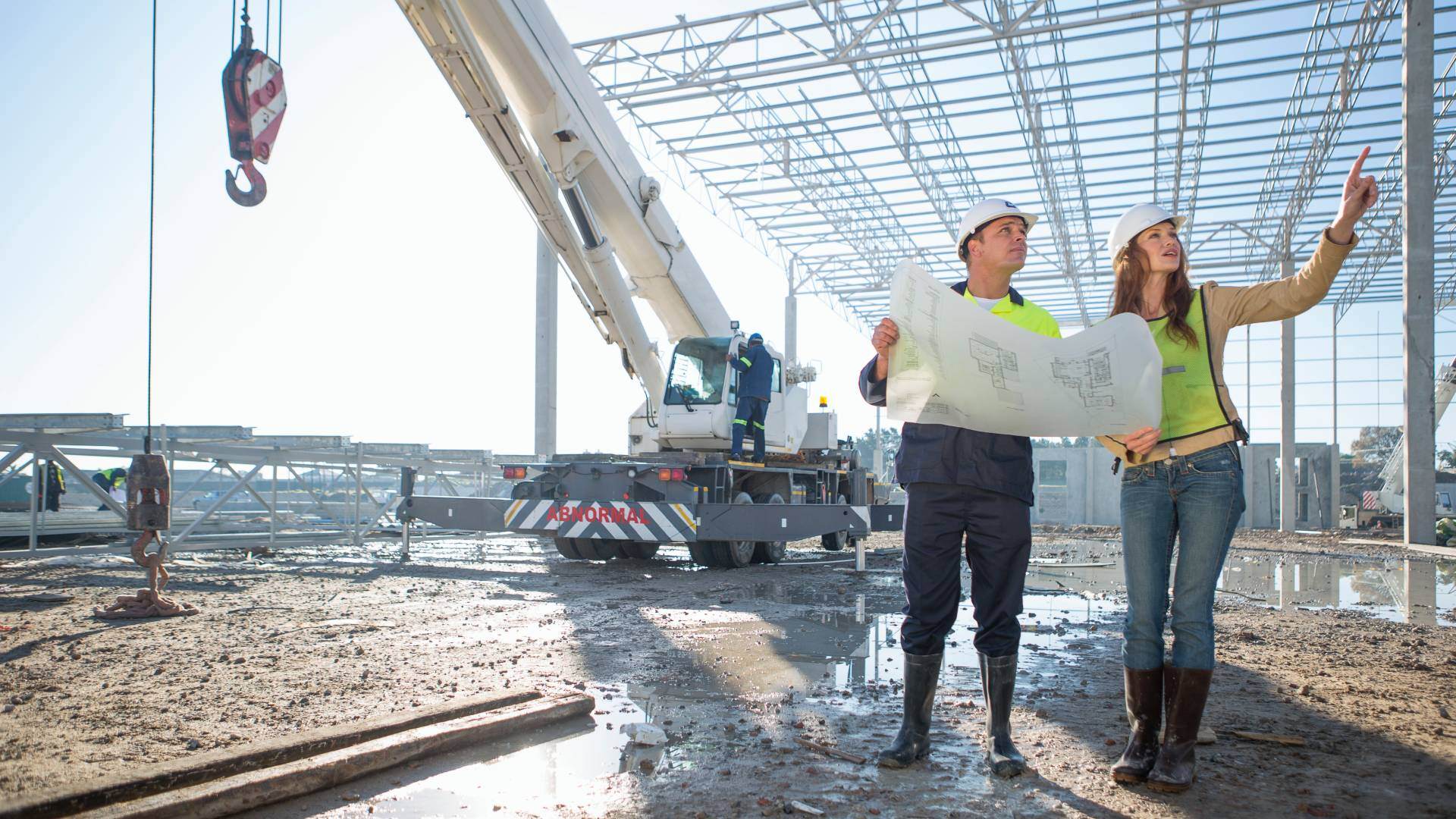
The Building Safety Act
Last updated 02/11/2025
From Shed To Shard - This Applies To You
Our Building Safety Act (BSA) Hub is regularly updated with the latest guidance and regulations so that you don't have to trawl government sites to find out what the next steps for you or your business are. There's a lot of information, a lot to think about and a lot to do, so let us help you by laying the key facts out for you whilst also making suggestions as to how you can ensure compliancy.
The Background
The Building Safety Act 2022 was introduced following the tragic failures in building safety that led to the Grenfell Tower Fire in 2017, resulting in the deaths of 72 people. Detailed analysis of the latest recommendations can be found in The BESA summary of recommendations based on the Grenfell report released on 4th September 2024.
The Act is taking forward a fundamental reform of the building safety system and addresses the issues identified by Dame Judith Hackitt in her independent review, Building a Safer Future. When first announced the Government stated that the Act would “deliver the biggest changes to building safety for nearly 40 years and make residents safer in their homes.”
Many trade, professional and industry bodies, such as BESA, have strongly backed the approval of the Act and are collaborating with industry to implement the changes to the building safety system.
We have an extensive selection of additional resources and valuable information available for you to explore. Feel free to click on the quick links below to access further reading materials.
Managing change is critical to maintaining compliance by ensuring all project modifications are properly reviewed, approved, and documented.
The Building Safety Act has reshaped how our industry defines and proves competence but for many Principal Contractors and Clients, turning policy into practice has been a major challenge.
What is the Building Safety Act?
The Building Safety Act 2022 is a UK law designed to improve building safety, particularly in high-rise and high-risk buildings. It introduces stricter regulations for design, construction, and management, ensuring clear accountability for building owners, developers, and dutyholders.
Who is responsible for compliance with the Building Safety Act?
Compliance with the Building Safety Act is the responsibility of dutyholders, including accountable persons, principal accountable persons, principal contractors, and building owners. They must ensure building safety throughout its lifecycle, meeting legal obligations and cooperating with the Building Safety Regulator to maintain compliance.
What are the risks of ignoring the Building Safety Act?
Failure to comply with the Building Safety Act can result in severe legal penalties, enforcement action, and significant financial liability. Non-compliance puts occupants at risk, particularly in high-rise and higher-risk buildings, and can lead to reputational damage, prosecution, and restrictions on future development.
How can businesses ensure compliance with the Building Safety Act?
Businesses can ensure compliance by appointing competent dutyholders, maintaining the 'golden thread' of safety information, conducting regular building safety assessments, and engaging with the Building Safety Regulator. They should also stay updated on legal requirements and utilise BESA’s expert resources for guidance, training, and ongoing support.
How does the Building Safety Act affect contractors and developers?
Contractors and developers must meet stricter safety regulations, including enhanced competency requirements, greater accountability, and maintaining a ‘golden thread’ of building safety information. Non-compliance can lead to legal action, financial penalties, and project delays.
What are the key deadlines for compliance with the Building Safety Act?
Key deadlines include:
- 1 October 2023 – Registration deadline for higher-risk buildings (HRBs).
- 6 April 2024 – Higher-Risk Buildings (Keeping and Provision of Information) Regulations take effect.
- April 2024 – Requirement for Building Assessment Certificates begins.
- Ongoing – Dutyholders must maintain a ‘golden thread’ of safety information and comply with competency requirements.
Businesses should stay updated on regulatory changes to avoid penalties.
The Building Safety Act has changed the rules. Don’t get caught offside!
Just like in football, ensuring building safety is a team effort. Clients, architects, engineers, contractors, and residents all play vital roles. With clear goals, strategic planning, and seamless collaboration, Play It Safe is your ultimate guide to navigating the Building Safety Act and ensuring your projects are league winners in safety and compliance.
Stay informed with the BESA Building Safety Act Newsletter. Delivered monthly, it provides the latest updates on the Building Safety Act, expert insights, compliance tips, and key industry news to keep you ahead in an evolving regulatory landscape.
Click below to subscribe and stay up to date.
Award-Winning Support For The Building Safety Act
BESA’s expertise in building safety has been officially recognised with the Best Member Engagement Award at the Trade Association Forum Awards for our work on the Building Safety Act.
Through expert guidance, practical resources, and ongoing industry collaboration, we’re committed to supporting compliance and raising standards.
Stay compliant, stay informed, and stay ahead.















